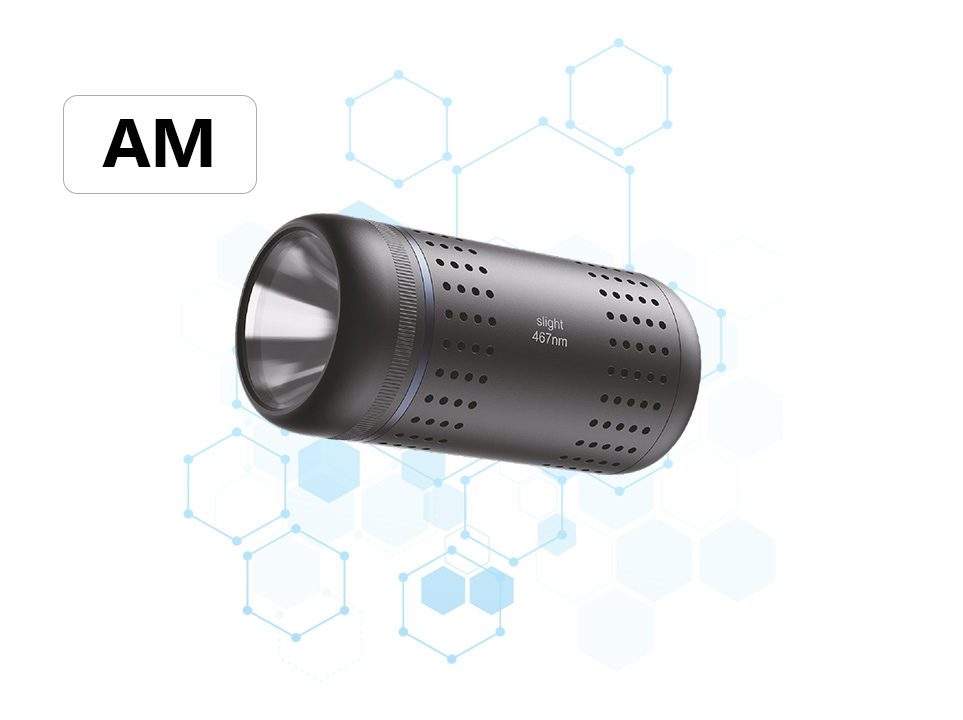Application of glass microchannel photoreactors in the pharmaceutical field
In the rapidly evolving pharmaceutical industry, innovative technologies are constantly being explored to enhance the efficiency and effectiveness of drug synthesis and production processes. Among these technologies, glass microchannel photoreactors have emerged as a promising solution, particularly in the realm of photocatalysis and photochemical reactions. This article delves into the applications of glass microchannel photoreactors in the pharmaceutical field, highlighting their unique advantages and potential impact.
Introduction to Glass Microchannel Photoreactors
Glass microchannel photoreactors are devices that utilize microchannels, typically ranging in width from 0.25mm to 5mm and length from a few centimeters to meters, to facilitate chemical reactions. The use of glass as the construction material offers several benefits, including high transparency, chemical stability, and moderate heat resistance. These properties make glass microchannel photoreactors ideal for a variety of applications, especially those requiring precise control over reaction conditions and efficient heat and mass transfer.
Advantages of Glass Microchannel Photoreactors
High Transparency: Glass exhibits high transparency, allowing for effective light penetration into the microchannels. This is crucial for photocatalytic and photochemical reactions, where light is a necessary catalyst for the reaction to proceed. The transparency of glass enables more efficient utilization of light energy, leading to faster reaction rates and higher yields.
Chemical Stability: Glass is resistant to corrode from a wide range of chemicals, including many organic compounds and solvents commonly used in pharmaceutical synthesis. This ensures that the reactor can be used safely and effectively in harsh chemical environments, without the risk of contamination or reactor failure.
Efficient Heat and Mass Transfer: The small dimensions of the microchannels in glass photoreactors promote rapid heat and mass transfer. This is particularly beneficial in reactions that are sensitive to temperature fluctuations or require precise control over reaction conditions. The efficient heat transfer also allows for the use of higher temperatures and pressures, expanding the range of reactions that can be performed.
Applications in the Pharmaceutical Field
Drug Synthesis: Glass microchannel photoreactors are well-suited for the synthesis of drugs that require photocatalysis or photochemical reactions. These reactions can be challenging to perform on a larger scale, due to the need for precise control over light exposure and reaction conditions. However, the small dimensions and efficient light utilization of glass photoreactors make them ideal for these types of reactions, enabling the production of complex drugs with high yields and purity.
Optimization of Reaction Conditions: The use of glass microchannel photoreactors allows for the precise control and optimization of reaction conditions. By varying the dimensions of the microchannels, the residence time of reactants within the reactor can be adjusted, enabling the fine-tuning of reaction kinetics and product selectivity. Additionally, the transparent nature of the reactor allows for real-time monitoring of the reaction progress, enabling rapid adjustments to reaction conditions as needed.
Scalability: While glass microchannel photoreactors are initially designed for small-scale reactions, their modular design allows for easy scaling up to larger reactor sizes. This scalability is crucial for the pharmaceutical industry, where the transition from laboratory-scale research to large-scale production is often necessary.
Conclusion
Glass microchannel photoreactors offer a unique combination of properties that make them well-suited for a variety of applications in the pharmaceutical field. Their high transparency, chemical stability, and efficient heat and mass transfer make them ideal for drug synthesis, optimization of reaction conditions, and scalability.





